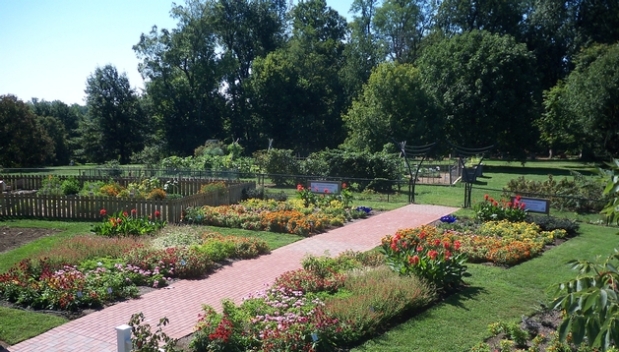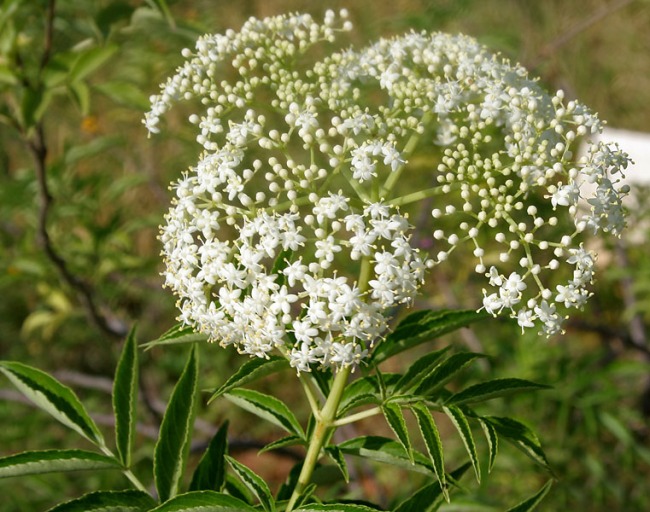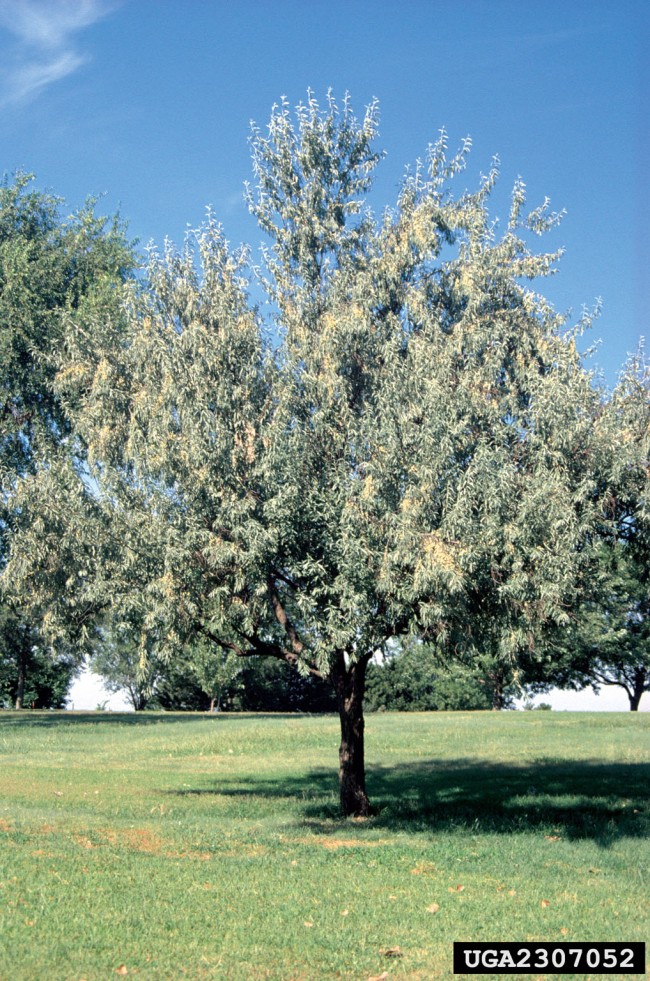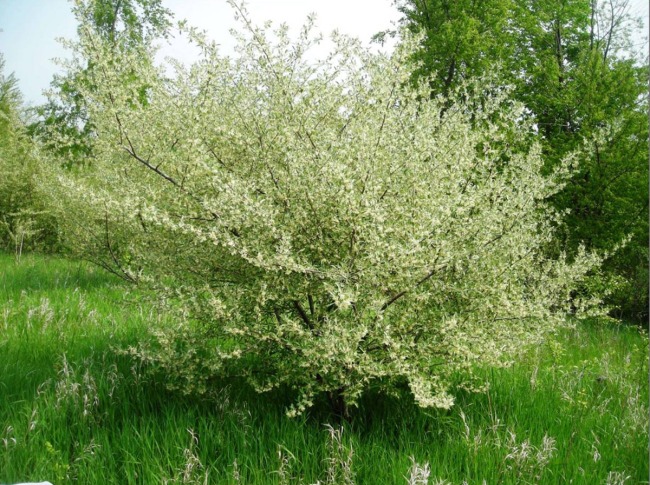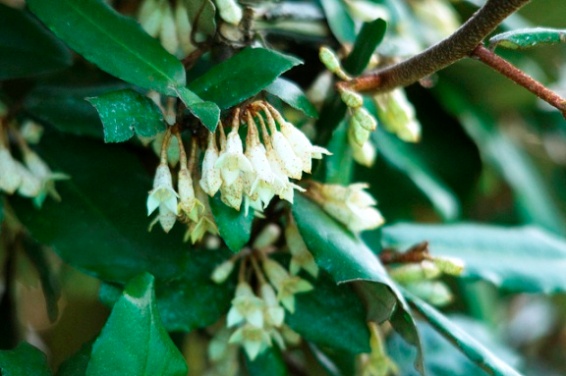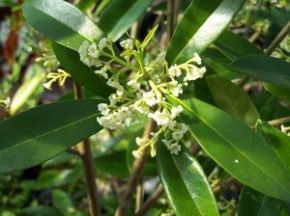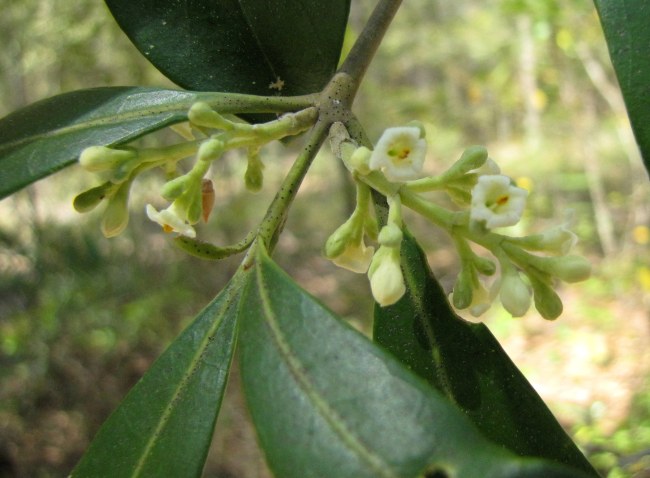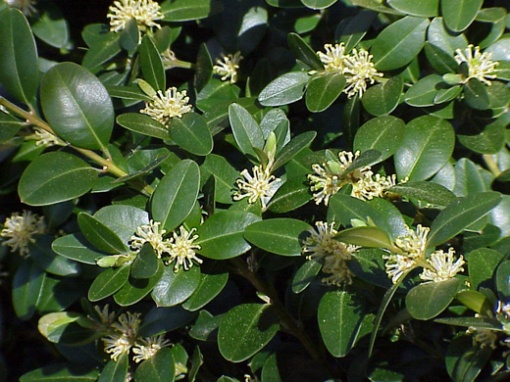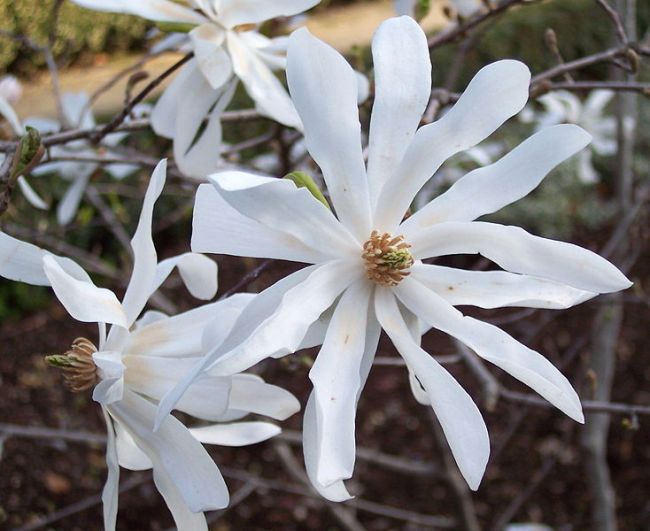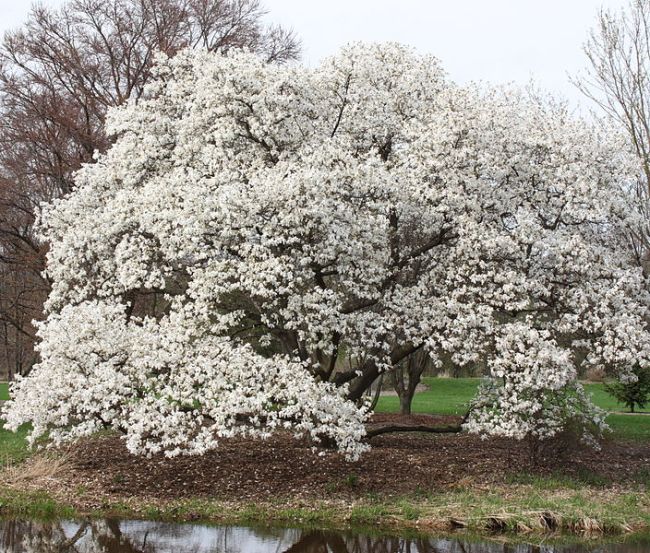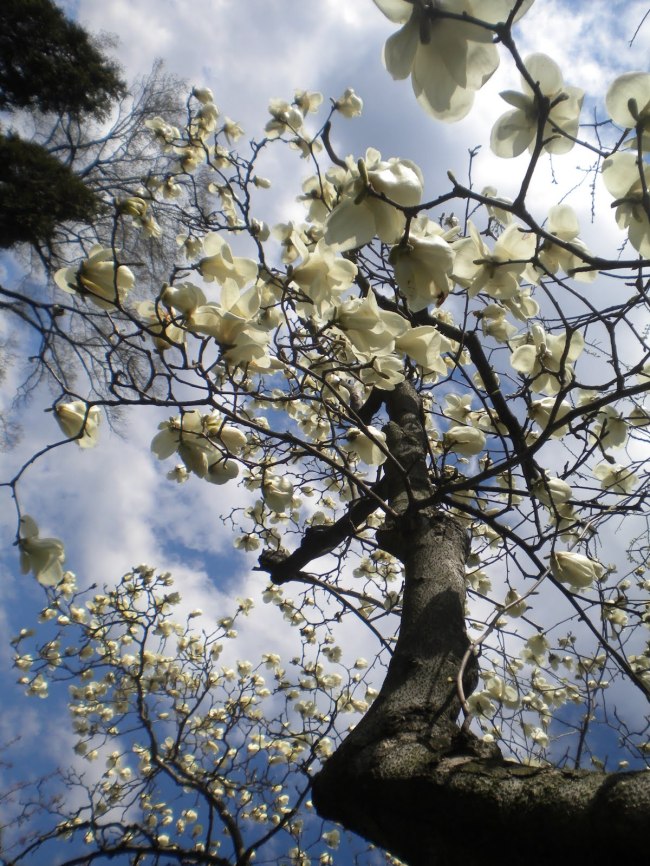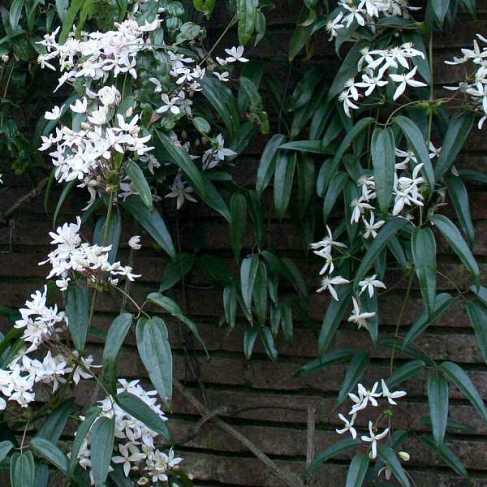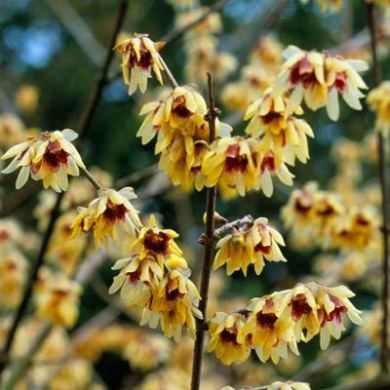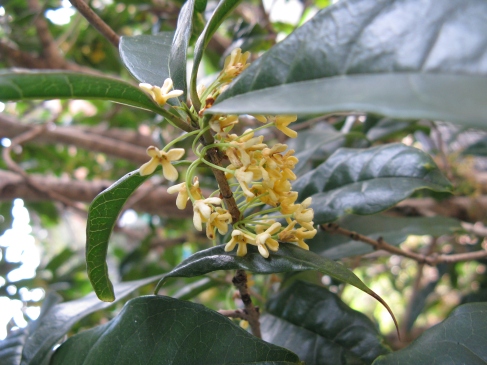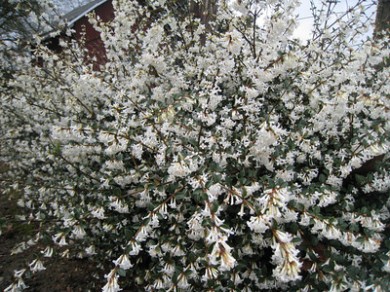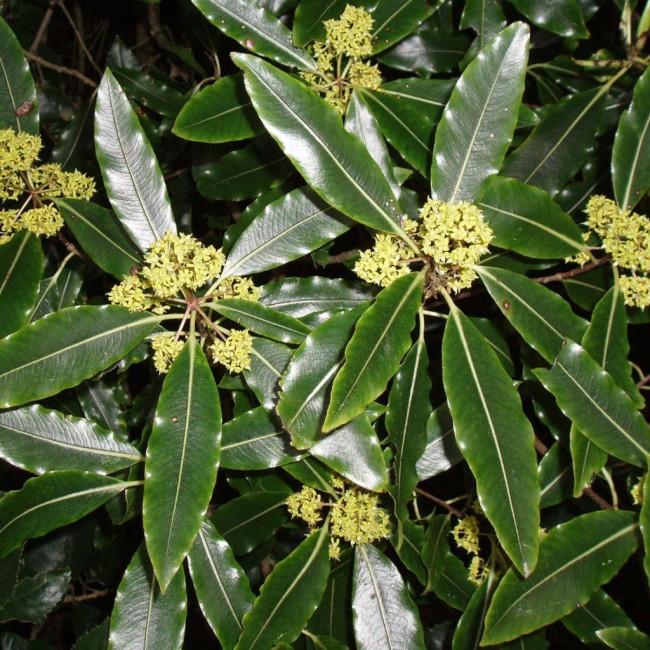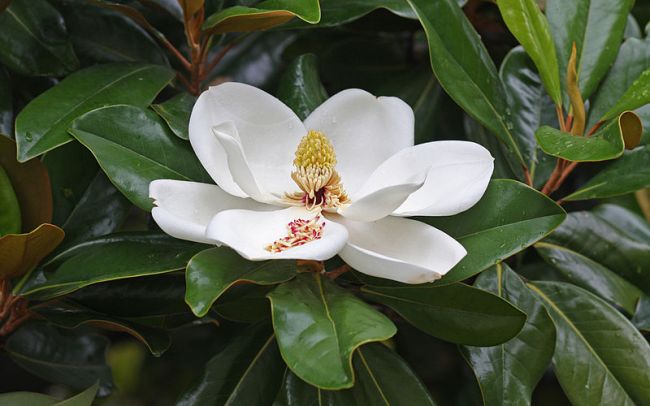 Magnolia grandiflora. DavetheMage. Wikimedia Commons.
Magnolia grandiflora. DavetheMage. Wikimedia Commons.
Nothing says summer more than the scent of the summer blooming Magnolias! These trees are a staple of the American South, and are culturally significant to the region, being the source of many literary references, movie references, and perfume and candle scents. M. grandiflora has large flowers (up to one foot long) that are very fragrant of lemon, with a musky to rank undercurrent. Its a very endearing scent nonetheless, and a neighborhood bathed in the scent on a humid evening is one of the finer scents of the horticultural world.
The tree grows over a large region in the Southern United States by the coast. The larger trees are hardy to zone 8, but many cultivars are available on the market hardy to zone 6, like Bracken Brown and Little Gem, which happen to be minis. I’ve noticed many of these small cultivars growing here in my home of Lexington, Kentucky at a zone of 6b, and some have been known to grow as far north as Cincinnati, Ohio in zone 6a. The trees are rarely higher than 30 feet in these locations however.
The flowering is over a wide period, from mid-May to September. The largest bloom occurs in June, but many trees will have a smattering of blooms throughout the season. The largest trees will grow to be up to 100 feet, but they are more common topping out in the 80 foot range. These evergreen trees are native to the moist forests and swamps of the Coastal plain, but can grow in a variety of conditions as long as they get water during establishment. Be warned that in marginally hardy areas, one good cold snap with wet soil conditions is enough to take out these trees. They are also intolerant of ice storms, due to their large evergreen leaves, and the branches will snap, as they did this past year in many places across the south.

Magnolia sieboldii. Daniel Mosquin. http://www.botanicalgarden.ubc.ca.
M. sieboldii has a bloom period much like the Southern Magnolia, blooming in late May and early June heavily, but continuing throughout the season with a small smattering of blooms. Its an East Asian native, and is national flower of North Korea. It is a smaller growing tree, only up to 30 feet, and often only making it to large bush size. The flowers are 4-5 inches across, with striking red stamens, and a sweet smell. It is deciduous, but has nice large leaves in either case. Its a perfect small garden and courtyard specimen.
M. sieboldii is more particular about growing conditions, but it is hardier than the Southern Magnolia, and able to grow better in Northern gardens, as long as its not given a southern exposure which encourages earlier bloom. Its a rarer specimen, and I have never come across any in bloom in my home state of Kentucky.
Lastly, I apologize for the lack of posts on this blog. I am rather busy of late, and exhausted most nights. Please forgive me for my lack of reliable posts! Also, if I have not talked about a certain fragrant plant, feel free to give me suggestions for plants to detail!

